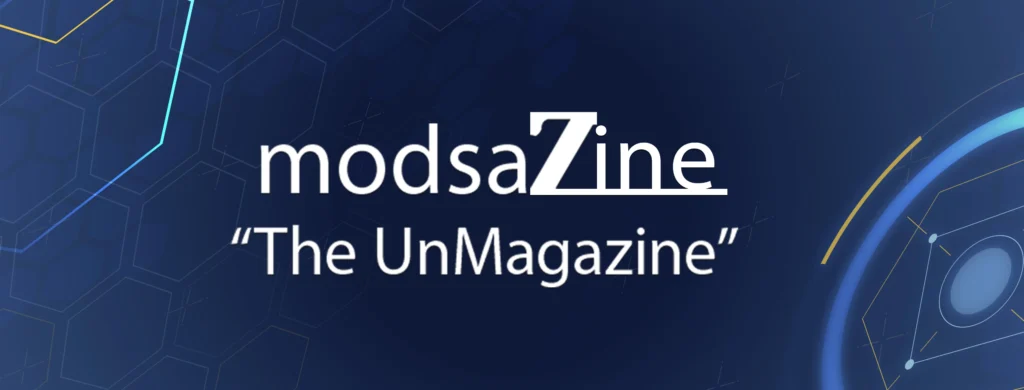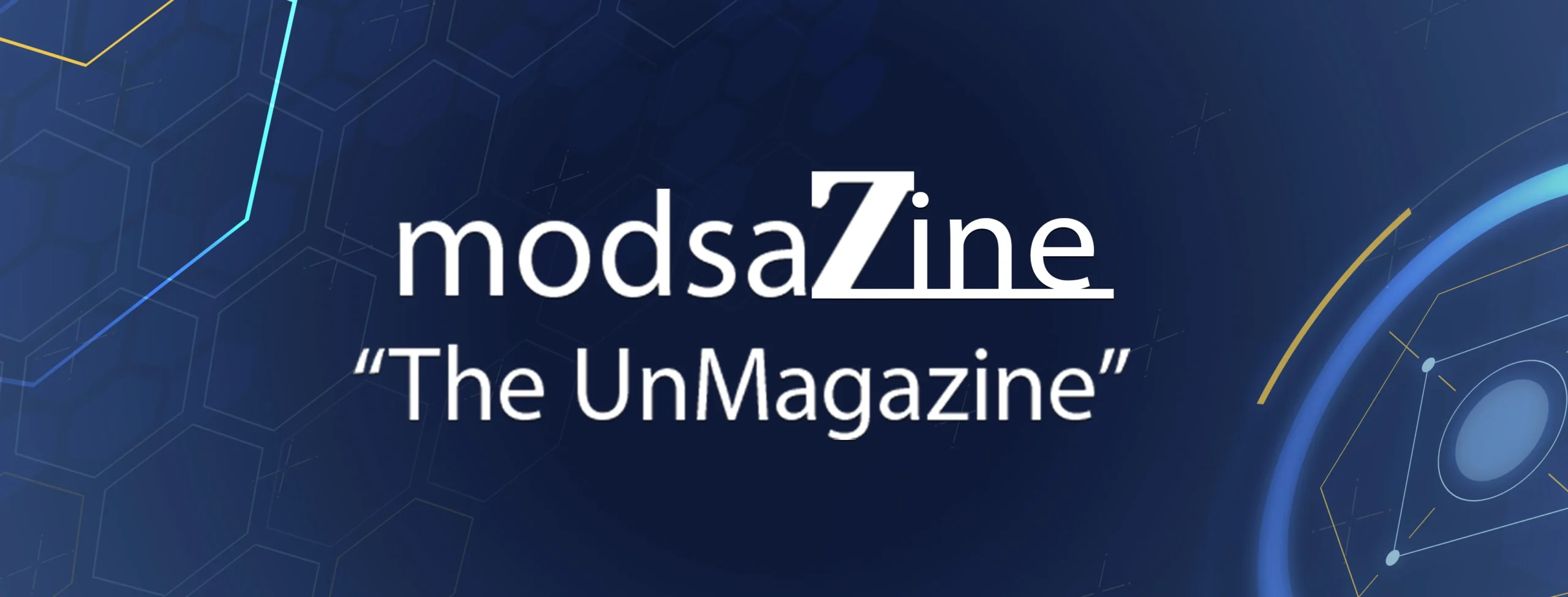You may not necessarily think of technology when you think of the nonprofit sector. Typically restricted due to the model in which they receive funding, nonprofits have to remain nimble and focus on cost-effective solutions. Traditionally, technology hasn’t always made the cut.
However, nonprofits operate in a dynamic environment that requires them to be efficient, effective, and adaptive to change. Technology can play a critical role in enhancing nonprofit operations and impact by streamlining certain processes, increasing visibility into compelling data for better decision-making, and empowering staff and volunteers to collaborate and communicate more effectively.
In this blog post, we will discuss four ways that technology can be used to enhance nonprofit operations and impact.
1. Data Management and Analysis
Data management and analysis is an essential aspects of nonprofit operations. Nonprofits must be able to collect, store, analyze, and report on data to make informed decisions, measure their impact, and comply with regulatory requirements. Technology can help nonprofits manage and analyze their data more efficiently and effectively in the following ways:
- CRM Software: Customer Relationship Management (CRM) software can help nonprofits manage their donor and volunteer data, track interactions, and analyze giving patterns. CRM systems can provide nonprofits with valuable insights into their donor base, such as donor demographics, giving history, and communication preferences.
- Data Visualization Tools: Data visualization tools can help nonprofits transform their data into visualizations that are easy to understand and communicate. Nonprofits can use data visualization tools to create dashboards, reports, and infographics that showcase their impact and progress toward their mission. These visualizations can be used to inform marketing campaigns and access more donor support.
- Predictive Analytics: Predictive analytics uses machine learning algorithms to analyze data and identify patterns that can help nonprofits make informed decisions. Nonprofits can use predictive analytics to identify potential donors, optimize fundraising campaigns, and forecast future sales and revenue.
By using technology to manage and analyze their data, nonprofits can gain greater visibility into their operations and make data-driven decisions that impact their bottom line.
2. Social Media and Online Collaboration Tools
Social media and online collaboration tools can help nonprofits increase their reach, engage with supporters, and collaborate more effectively. Here are some examples:
- Social Media: Social media platforms like Facebook, Instagram, Twitter, and LinkedIn provide nonprofits with a powerful tool to engage with supporters and share their mission. Nonprofits can use social media to share stories, promote events, and raise awareness about their cause.
- Online Collaboration Tools: Online collaboration tools like Slack and Asana can help nonprofits streamline their operations, improve communication, and increase productivity. Nonprofits can use online collaboration tools to manage projects, share documents, and communicate with staff and volunteers.
- Virtual Events: Virtual events like webinars and online fundraising campaigns can help nonprofits reach a wider audience, reduce costs, and increase participation. Nonprofits can use virtual events to educate supporters, fundraise, and build a community around their mission.
By leveraging social media and online collaboration tools, nonprofits can increase their reach, engage with supporters, and collaborate more effectively.
3. Email Marketing
Email marketing is a powerful tool that can help nonprofits reach their donors directly, build relationships, and increase donations. Nonprofits can use email marketing to:
- Remind donors of their impact and encourage them to give.
- Personalize their messaging and tailor their communications to individual donors.
- Showcase the impact of donations and highlight the urgent needs of their cause.
- Automate their communications, such as welcome emails, thank you emails, or donation confirmation emails.
- Gain valuable data insights through email analytics that uncover donor preferences and content needs.
By using email marketing, nonprofits can build deeper relationships with their donors, fueling their cause and making a bigger impact.
4. AI-Generated Content
Artificial intelligence (AI) can generate content, such as blog posts, social media posts, and email marketing campaigns, that is personalized, relevant, and engaging. AI can help nonprofits save time and resources by automating the creation of content and improving the quality of the content output. Here are a few ways nonprofits can use AI-generated content:
- AI Chatbots: AI chatbots can help nonprofits automate their customer service and improve the customer experience, answer common questions, and provide personalized support to donors and volunteers.
- Social media management: Nonprofits can use AI-powered tools to automate social media posting and engagement. AI can analyze data on audience behavior, interests, and engagement to suggest the best times and types of content to post. AI can also respond to comments and messages automatically, freeing up staff time to focus on other tasks.
- Email marketing: With Benchmark Email’s Smart Content feature, nonprofits can generate fresh, engaging email content without any brainstorming necessary. This means more emails out the door with half the time and effort needed.
- Grant writing: AI can help nonprofits save time and resources by automating the process of grant writing. AI-powered tools can analyze grant requirements and past successful proposals to generate content and suggest strategies that are likely to be successful.
- Content creation: Nonprofits can use AI-powered tools to create high-quality content, such as videos, graphics, and blog posts. AI can analyze data on audience behavior and interests to suggest topics and styles that are likely to be engaging. AI can also generate content automatically, such as captions or headlines, based on image or video content.
It can be easy to write off technology as an added expense that most non-profits can’t make room for. However, the truth is that many nonprofits can’t afford to neglect the dynamic impact tech can make for their organizations. See what you can do to add some technological advancements to your nonprofit so you can reach your fundraising goals (and more) this year.

